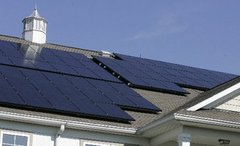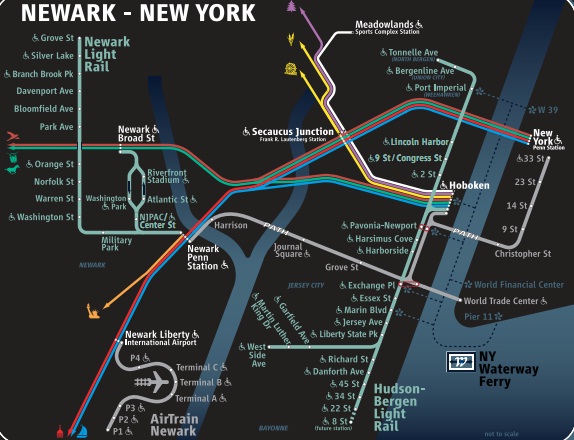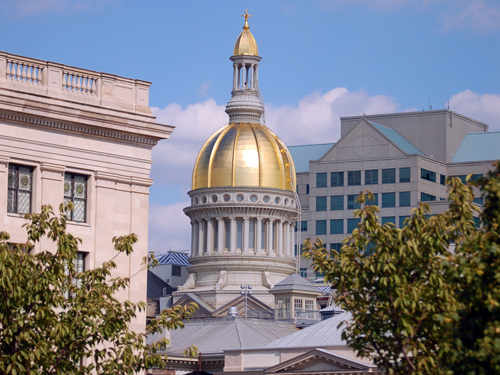New Jersey Future Blog
State and Federal Initiatives Raise Difficult Questions about Solar Siting
May 13th, 2010 by Jay Corbalis
The siting of power generation facilities is always a controversial land-use issue. In most cases, though, the discussion is about keeping power plants away from residential and other sensitive areas. With the rise of solar power and other renewable sources of energy, however, a new debate has emerged that raises a number of important questions about the highest and best use for land in the nation’s most developed state.
A bill recently passed by the Legislature and signed into law by Governor Christie, S-921, changes the way solar panels are classified under development regulations, with the aim of encouraging more solar development on undeveloped land. Previously, solar panels were considered “impervious surface,” which limited the amount of area they could cover on many environmentally sensitive lands. The new law changes that classification, counting only the support structures for solar panels as impervious surface, not the panels themselves, greatly increasing the amount of land solar panels may cover. The bill is seen as a way to expand renewable energy while creating jobs, and had the backing of business, farming and some environmental groups. Some of the land opened to solar development would be farmland, thus increasing farmers’ potential to generate extra revenue. There is some concern, however, that development of any kind, no matter how environmentally benign, may not be the best use for prime farmland, and especially farmland that has been preserved with public funds.
Meanwhile, U.S. Senator Frank Lautenberg has proposed a bill that would provide incentives for constructing solar panels on brownfields. New Jersey has an estimated 10,000 of these contaminated sites, the majority of which languish for years without being remediated, and the Lautenberg bill aims to return some of these sites to productive use while stimulating the production of clean energy. While there would be some clean-up required under the law, sites would not face the same rigorous standards that are applied to residential areas. While this could encourage use of brownfields properties in the short term, it would not address the long-term issue of contamination at the sites, many of which are located in urban areas that the state is aiming to revitalize.
Beyond brownfields and farmland, there are other areas of the state– including rooftops, landfills and parking lots– that could make sense for large-scale solar siting. Because of their size and relatively low barrier to entry, the location of solar panels in New Jersey will likely be determined by hundreds of individual decisions based on a range of considerations, rather than any one policy or incentive. For better or worse, though, we may have more time to sort it all out. The Christie administration recently announced the suspension of a popular solar incentive program due to lack of funds.
Related Posts
Tags: Energy, Land use, Zoning

















If we establish streamlined processes for connecting to the grid and standard terms for long-term power sales for solar systems of all sizes, you will see a flourishing burst of energy entrepreneurship including community investing models for solar.